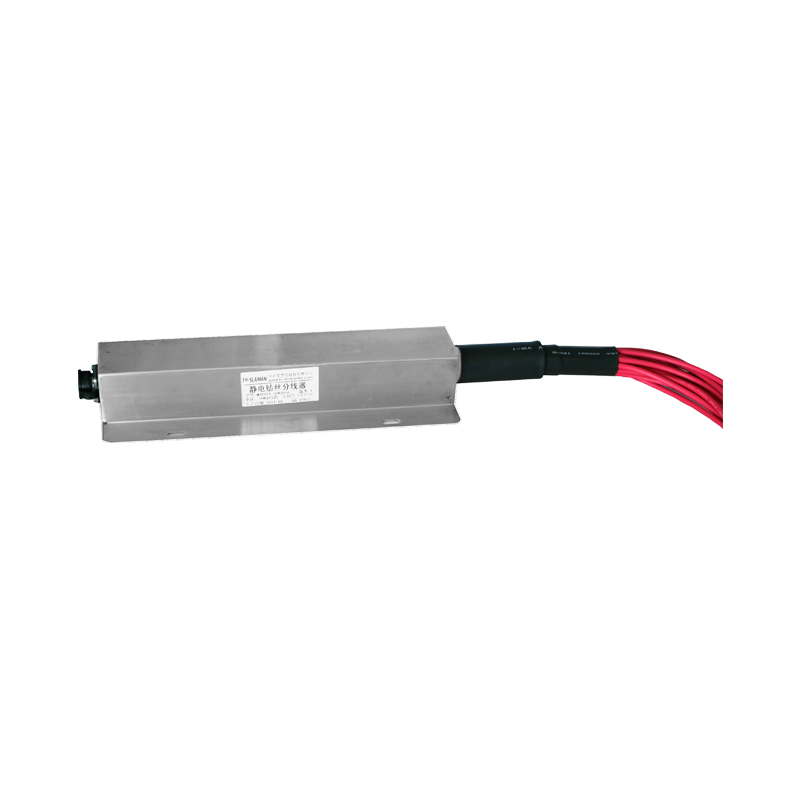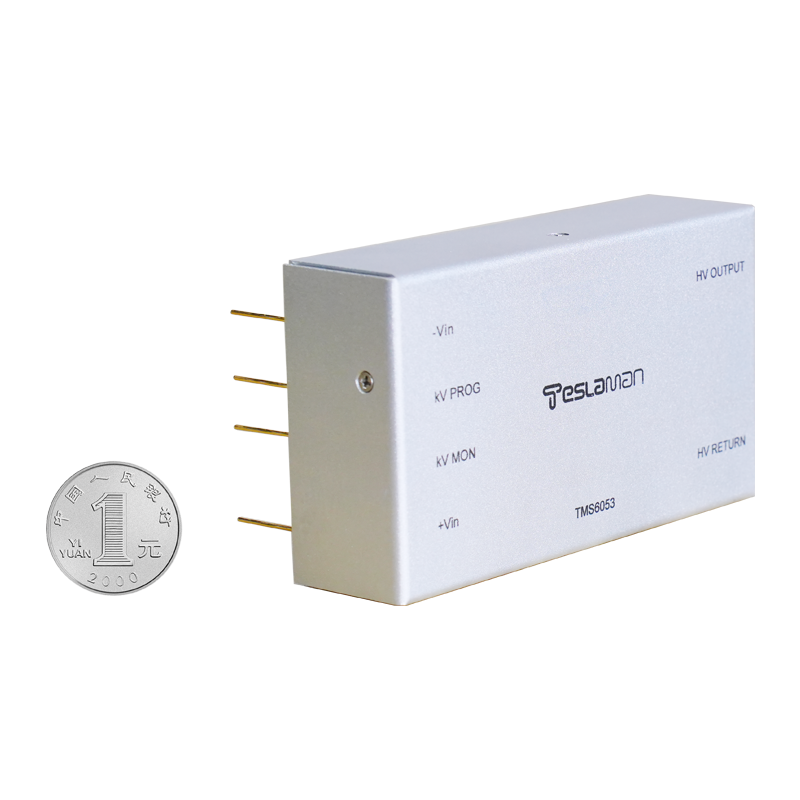Breakthroughs in Dynamic Load Response of 225kV High Voltage Power Supplies
1. Engineering Definitions and Core Metrics
The dynamic load response of 225kV power supplies refers to their ability to maintain output stability under abrupt load changes (ΔZ≥50%) within μs-s timescales, characterized by:
1. Transient Settling Time (10%-90% load step): ≤20μs (IEC 61000-4-30 Class A)
2. Overshoot Suppression: Peak overvoltage <0.3% of rating
3. Steady-State Accuracy: Post-transient deviation <±0.01%
4. Multi-Disturbance Tolerance: Maintain ±0.05% ripple under ±30% line variation + 50Hz-5kHz harmonics
Key challenges include:
Distributed LC Effects: 10m HV cables' equivalent capacitance (≈120pF/m) and inductance (≈1.2μH/m) form RLC resonances (3-15MHz)
Thermal Hysteresis: SiC MOSFET R_on increases 6% per 10℃ junction temperature rise, causing nonlinear loss
Core Saturation Dynamics: Transformer permeability drops to 35% of static value at ΔB>0.4T/μs flux rates, distorting excitation currents
2. Core Optimization Technologies
1. Multi-Mode Hybrid Topology
Three-Stage Cascade:
① Front-end: LLC resonant converter (250kHz, 98.2% efficiency)
② Mid-stage: Triple-wound matrix transformer (0.992 coupling, <5nH leakage)
③ Output: Marx generator paralleled with linear regulator (1:1000 dynamic range)
Adaptive Mode Switching:
Auto-selects operation based on dI/dt thresholds:
<10A/μs: Linear regulation (5MHz bandwidth)
≥10A/μs: Pulse compression mode (<50ns rise time)
2. Nonlinear Predictive Control
Multi-State Observer:
23-state extended Kalman filter (EKF):
$$ \dot{x} = f(x,u) + w \\ y = h(x) + v $$
Enables μs-level parameter identification
Dynamic Feedforward:
Deep reinforcement learning (DRL) predicts loads 500ns ahead:
$$ V_{comp} = \sum_{k=1}^{5} \alpha_k \cdot \frac{d^kI_L}{dt^k} $$
Reduces settling time by 62% experimentally
3. Electromagnetic-Thermal Co-Design
3D Field-Circuit Optimization:
FEM-circuit cosimulation optimizes:
Electrode profiles (radius≥30mm) for <12kV/mm surface fields
Non-uniform core gaps reducing eddy losses by 43%
Phase-Change Cooling:
Microchannel cold plates with fluoroketone (34℃ boiling) maintain ΔT<8℃ at 200W/cm²
Distributed Damping:
RC snubbers (R=50Ω, C=2nF) every 0.5m suppress resonances to -40dB
3. Application Validations
1. EMP Simulation Systems
For 10/350μs lightning tests:
Voltage recovery improves from 150μs to 22μs under 50Ω→5kΩ steps
Overshoot drops from 1.8% to 0.25%, meeting IEC 62305-1 Level IV
Achieves 8-decade load range (1Ω-10MΩ) continuous switching
2. Power Transformer Testing
Simulates HV-side disturbances for 10MVA transformers:
Maintains 225kV±0.02% during ±80% reactive power steps
THD reduced from 2.3% to 0.15%
100ms bidirectional energy recovery achieves 95% system efficiency
3. High-Energy Physics Applications
Particle detector biasing:
<0.005% voltage dip during 200A/μs beam-induced transients
Digital twin systems increase MTBF to 12,000 hours
4. Performance Benchmarks
| Parameter | Conventional | Optimized | Improvement |
|-----------------------|---------------|--------------|-------------|
| 10%-90% Settling Time | 85μs | 18μs | 78.8% |
| 100A/μs Overshoot | 1.2% | 0.28% | 76.7% |
| Efficiency@50% Load | 89% | 96.5% | 8.4% |
| Temp. Rise (℃/kW) | 3.8 | 1.2 | 68.4% |
| 100kHz Harmonic Rejection | 46dB | 72dB | 56.5% |
5. Technology Roadmap
1. Wide-Bandgap Integration:
Vertical GaN-on-Diamond modules (30kV, R_on=5mΩ·cm²) enable 10MHz switching with 70% lower dynamic loss
2. Digital Twin Control:
Real-time models with 1.2×10⁶ parameters achieve ns-level prediction, compressing settling time to <5μs
3. Adaptive Topology Reconfiguration:
FPGA-programmable power arrays support online topology switching (full/half-bridge, resonant modes) for 0.1Hz-100MHz loads




















